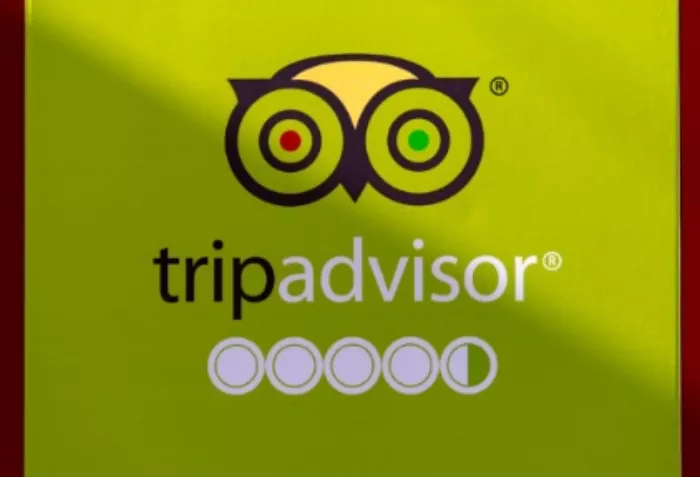In recent market volatility and tariff uncertainties, TripAdvisor has become one of the representative travel companies with a market value hitting a historic low. Unlike Sabre, a GDS company facing debt pressure, TripAdvisor is confronted with a more fundamental challenge—the increasing fatigue of its business model.
Although the EBITDA for the full year of 2024 reached $339 million, maintaining profitability on paper, actual profits are barely above break-even when considering non-cash items such as equity incentives, amortization, and tax burdens. According to management’s explanation in the earnings call, the financial performance in 2025 will be even more severe. This is also the context for the restructuring of the company’s architecture by Maffei, the largest voting shareholder, to pave the way for a potential sale in the future. This article will explore where the remaining value of TripAdvisor lies.
Structural Decline of the Core Platform
The most direct problem for TripAdvisor lies in the decline of its core platform. In 2024, the platform’s revenue contribution was $949 million, down 8% year-over-year, with the crucial accommodation business revenue decreasing by 11%.
Notably, the company’s growth engines, the experience and restaurant OTAs (Viator and TheFork), have shown good self-operated growth rates. However, the revenue from their products on the TripAdvisor platform also declined by 4% for the full year, and by 8% in Q4. This indicates that if Viator and TheFork were not listed on the group’s platform, their growth rates would be even higher, suggesting that the group platform is dragging down the subsidiaries’ growth.
Operational efficiency indicators for the TripAdvisor platform are also not immune to the declining trend. The YoY EBITDA decline has expanded quarter by quarter for three consecutive quarters, at 13%, 22%, and 23%, respectively. According to company forecasts, revenue in Q1 2025 will show a double-digit percentage decline, and EBITDA is expected to drop by as much as 36%. With the main business facing a confidence crisis, investors’ focus is gradually shifting to sub-brands and potential asset values.
Challenges Faced by Viator and TheFork
TripAdvisor has pinned its hopes for growth on its emerging businesses, especially the experience platform Viator and the restaurant reservation platform TheFork.
However, although both achieved positive EBITDA for the full year of 2024 (Viator at $33 million and TheFork at $5 million), Viator had already turned EBITDA positive in Q3 2023, and TheFork in Q4 2023. Despite several quarters, they have not yet shown a net profit under GAAP accounting standards, indicating persistent operational pressure.
According to company announcements, Viator expects GMV to grow by 14% to 16% in Q1 2025, but revenue growth is only expected to be 9% to 11%, indicating emerging pressure on commission rates.
Additionally, during the earnings call, TripAdvisor mentioned that the GAAP equity expense in Q4 2024 was low because the company-wide four-year equity incentive plan granted in 2020 was fully recognized within two years. This “prepaid operating expense” structure in the financial statements was fully reflected in 2024, making GAAP profit expectations for 2025 less optimistic. The company even specifically informed investors that there are still $595 million in equity incentive expenses from 2021 to 2024, which will be a significant cost in the future.
The Limits of Viator
Viator, as a leader in the global local experience market, achieved over $4.2 billion in total transaction volume in 2024. Although it needs to be vigilant about competitors like Klook and GetYourGuide, it is undoubtedly the global No. 1.
According to financial disclosures, its annual revenue is $840 million, which can be calculated to have a platform take rate of about 21%, a high-value-added platform. However, even with a differentiated strategy similar to Airbnb Experiences and a high take rate, which is different from products that mainly rely on ticketing or wholesaling for revenue, it still only achieves EBITDA profitability and struggles to be profitable under GAAP.
This may not necessarily be a problem with Viator’s management. It is possible that the entire local experience tourism industry, even with economies of scale, cannot replicate the growth path of e-commerce or ride-hailing platforms due to structural limitations such as high customer acquisition costs and low brand loyalty. This is an industry issue worth paying attention to.

